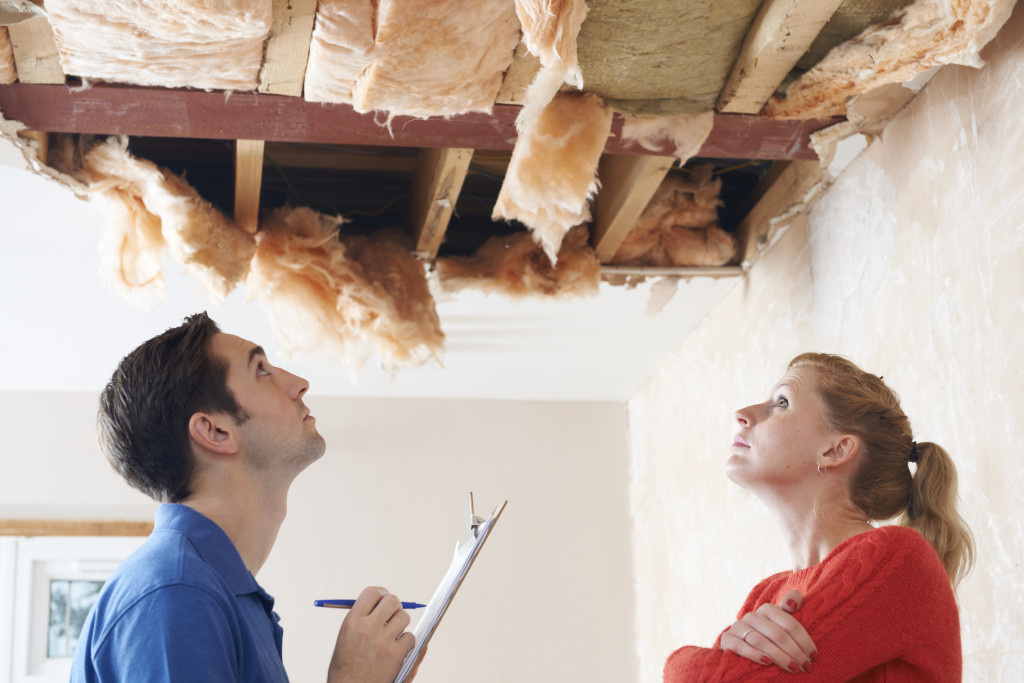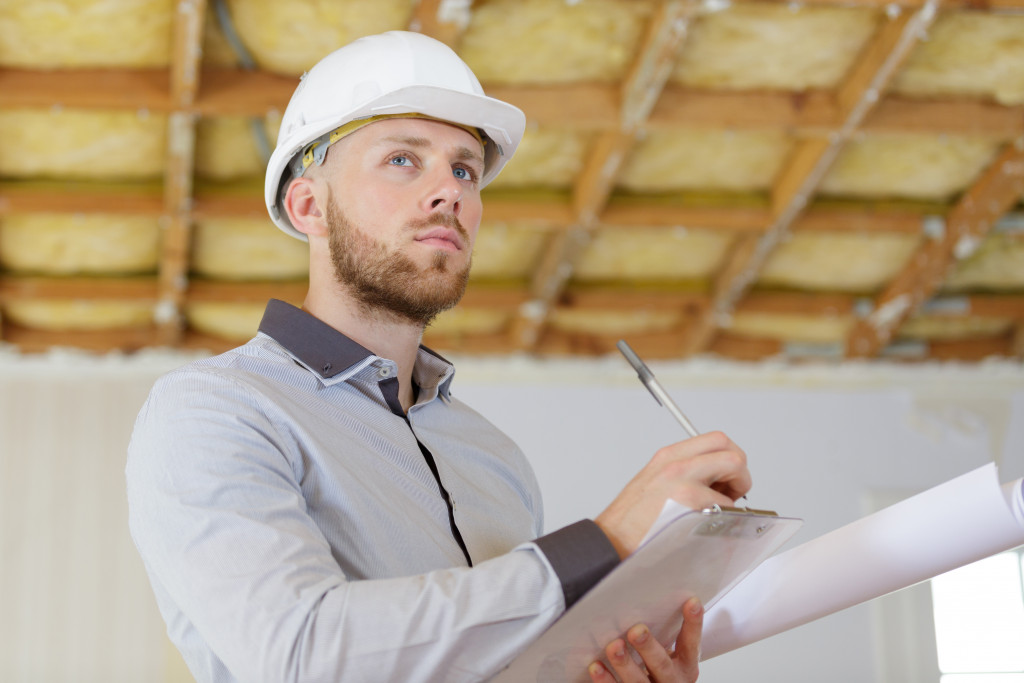- Regular inspections are important for buildings to maintain structural integrity and ensure the safety of occupants.
- Neglecting regular inspections can lead to disastrous consequences such as significant damage/losses and hazardous conditions.
- A comprehensive building inspection checklist includes pipeline, structural, and electrical inspections.
- Plumbing inspection, fire safety inspection, and pest inspection are also necessary.
As a building owner, keeping your property safe and free of any hazards is critical. Regular inspections can help you achieve this. Inspections allow you to identify problems before they become major, save on repairs and replacements, and ensure that your building complies with regulations.
This blog post will share a comprehensive building inspection checklist that will help you conduct adequate property inspections.
The Importance of Regular Inspections
Regular inspections for buildings are of utmost importance to maintain their structural integrity and ensure the safety of the occupants. With time, buildings wear and tear, leading to problems such as leaky roofs, cracked walls, and faulty electrical systems.
These issues, when left unnoticed and unattended, can result in significant damages or even disasters. By conducting regular inspections, building owners can address the problems in their early stages, preventing them from becoming more important issues that are more costly and difficult to repair.
Moreover, inspections can help owners comply with building codes and regulations, ensuring safe and comfortable conditions for the occupants.
Negative Consequences of Neglecting Routine Inspections

Conversely, neglecting regular inspections can lead to disastrous consequences. If left unattended, minor issues such as damp walls or leaky pipes can cause significant structural damages that cost a fortune to repair.
Moreover, when problems are ignored for long periods, the occupants may be exposed to hazardous conditions such as gas leaks and electrical faults that put their safety at risk. Furthermore, building owners may face hefty fines from authorities if their buildings don’t comply with the regulations and codes.
Building Inspection Checklist
To ensure that your building is in good condition, here is a comprehensive checklist for conducting adequate inspections:
Pipeline Inspection
Regular pipeline inspection can help identify problems with the pipes, such as leaks, corrosion, blockages, and other issues, before they become major. When pipe problems go unnoticed, they can cause severe damage to a building’s infrastructure, leading to costly repairs and unhappy tenants.
Performing these inspections saves money in the long run and helps keep everyone within the building safe and comfortable. It’s a small investment that pays off big time!
Structural Inspection
The structural inspection ensures that the foundation, roof, walls, and floor systems are in good condition. Structural inspections identify weaknesses such as cracks, mold, and water damage.
It is crucial to have an experienced inspection team when carrying out this kind of inspection. Check for signs of structural damage such as cracks in walls, ceiling, or floors, doors and windows that don’t open or shut properly, and water damage.
Electrical Inspection
Electrical inspection pinpoints defects, risks, and issues with the property’s electrical components, such as wiring, fuse boxes, switches, power outlets, and lighting. These inspections identify fire hazards that are often caused by electrical faults. Check whether outlets and fixtures are working and if the wiring and circuit breakers are in good condition.
Plumbing Inspection

Plumbing inspections help detect leaks, blockages, burst pipes, or other plumbing issues. This inspection is necessary to check for sewage, draining, and water supply systems. Check if toilets, taps, and showers are functioning correctly and if pipes are damaged.
Fire Safety Inspection
The fire safety inspection evaluates the building’s fire protection system and ensures that it complies with regulations. The examination verifies that fire alarms, sprinkler systems, and smoke detectors are in good condition and the escape routes are clear of any obstacles. Check smoke detectors, fire extinguishers, and fire suppression systems to be sure they are in good working condition.
Pest Inspection
Pests and insects may cause structural damage to your property and personal harm to your tenant or employees. Conducting a pest inspection is critical to preventing problems and infestation and keeping your property secure. Check for signs of infestation, such as chewed wires, damaged wood, or droppings.
The Bottomline
Maintaining a building is a continuous process, and inspections play a crucial role in ensuring your property is in good shape all year round. With the building inspection checklist provided above, you can reduce the risk of accidents, budget for future repairs, and keep your tenants or employees safe. Hire an expert inspection team to help you carry out these inspections regularly. Building inspections are an investment to protect your investment.

